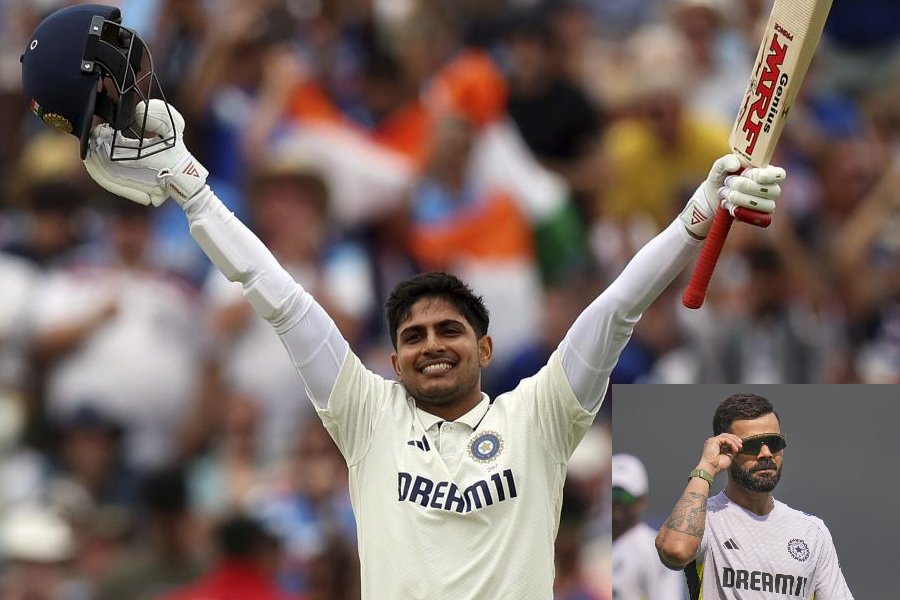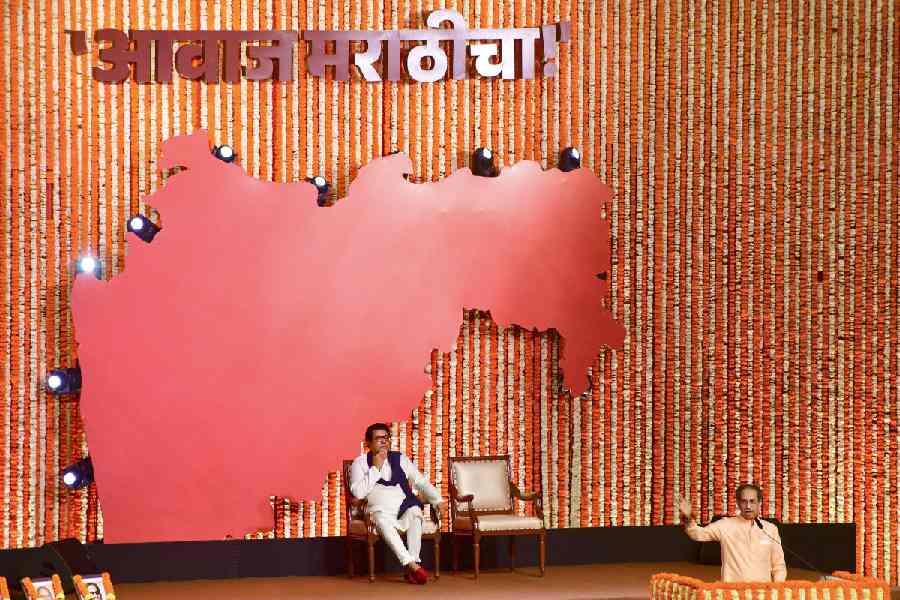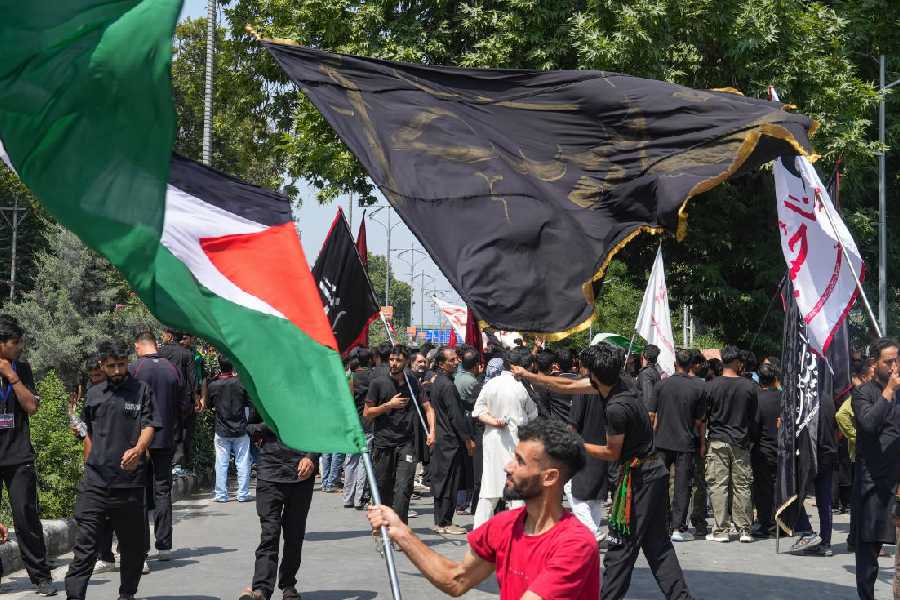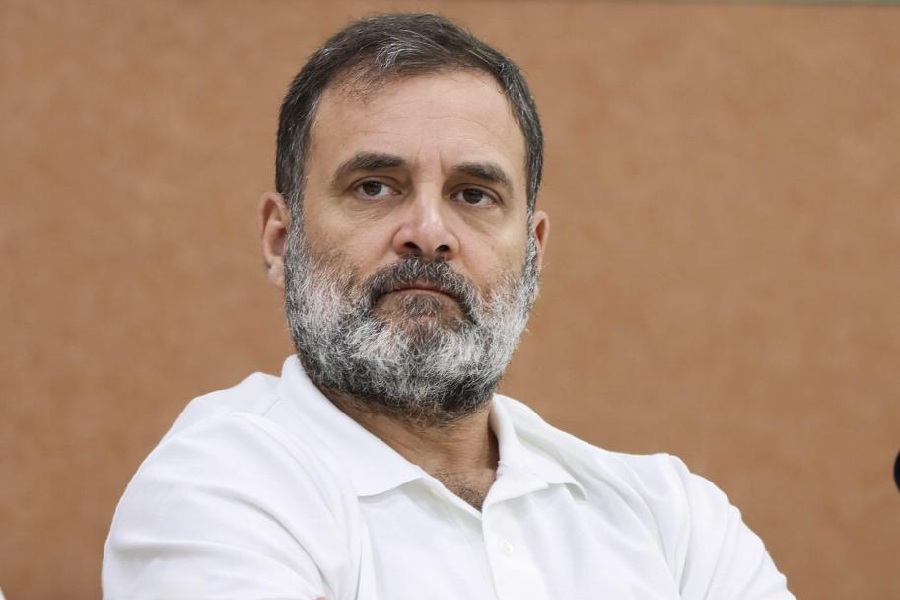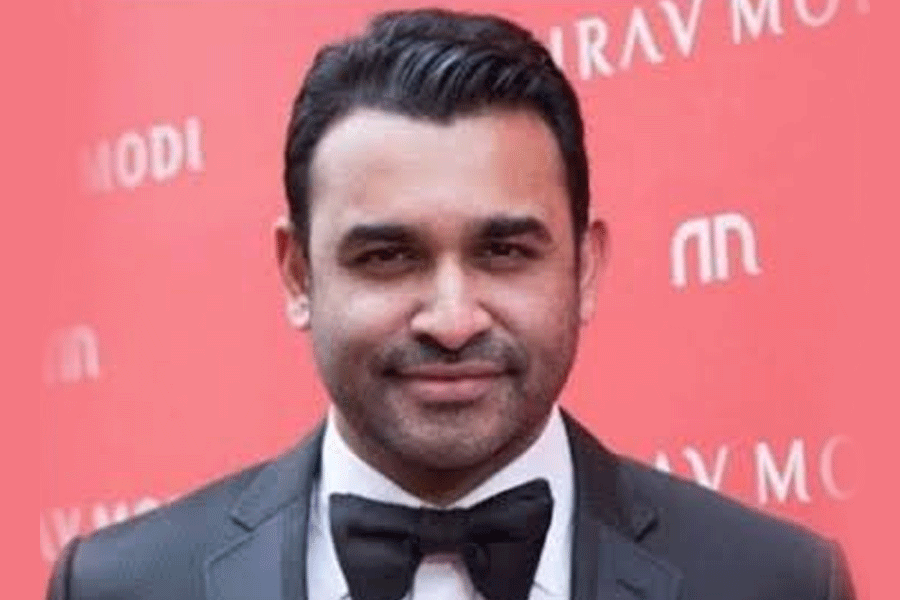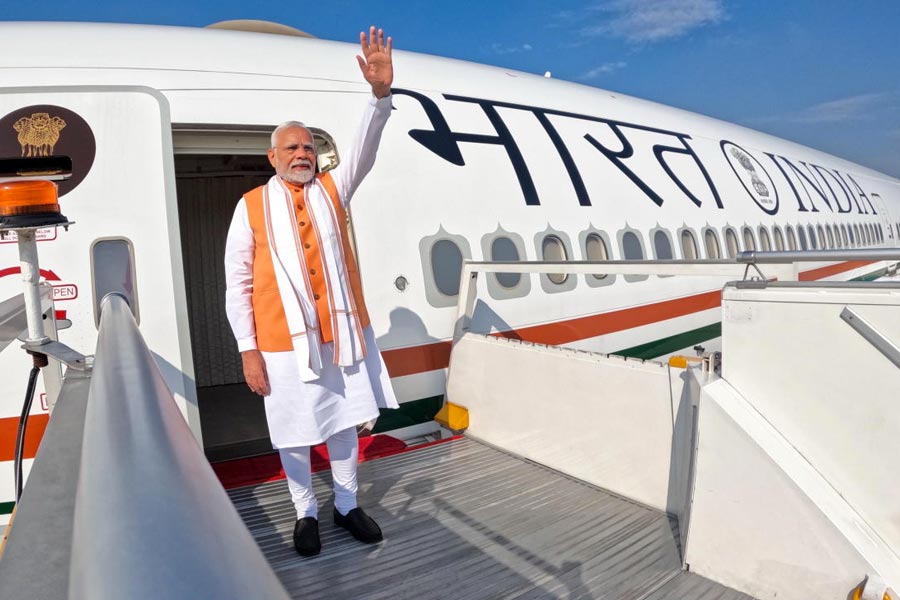|
|
Airlines in India were started either by keen hobbyists of the air (J.R.D. Tata), drifters from related travel businesses (Naresh Goyal), or industrialists who wanted an airline to add to their diversification (Birla), and rarely on clear commercial considerations. In 1953, there were eight private airlines founded by J.R.D. Tata (hobby pilot), G.D. Birla (ambitious industrialist), Biju Patnaik (pilot, politician and adventurer), and some others. Nationalization, in 1953, was for financing the development of airlines in India.
Particularly from 1991, state-owned airlines have been in constant crisis. Pawan Hans, the helicopter service, has almost closed down. Indian Airlines and Air India made modest profits even when others in the world were making excellent profits and periodically approached government for support. In 2008, they were merged without a plan for integration, cost reductions and efficiency improvement.
Air India today includes Indian Airlines. But staff and crew are separate; neither maintenance nor routes are integrated. The last nonbureaucrat chairman-cum-managing-director of Air India was Y. Deveshwar, the successful chief of ITC, under whom Air India did pretty well commercially and in customer service. Since then, the chairmen of Air India have been joint-secretary-level IAS officers.
Indian Airlines was worse off. Serving bureaucrats and defence officers have headed it almost all its life. Their concern is not with customer service and consistent commercial success, but pleasing the political bosses. Ageing and poorly maintained aircraft put off many customers who prefer the new craft of the private airlines. Decision-makers are said to have been handsomely compensated for procrastinating aircraft purchases by the Indian Airlines Corporation.
The government says that no senior manager from the private sector is interested in heading state-owned airlines because of the meagre remuneration. The real reasons are constant pressure from ministers and bureaucrats for favours, and little authority to take any major decisions. Pilots, cabin crew, ground staff and others do not respond to training or discipline, backed by powerful unions. Purchases of aeroplanes are by government decision, not the airlines’, and are delayed for years, giving first-mover advantage to private airlines.
For J.R.D. Tata or Y. Deveshwar, in Air India, the customer was the focus of the airline. Tata is a mythological figure in Air India. Governments were respectful and left him free to run the airline. Stories abound of his personally serving passengers, checking aeroplane toilets for cleanliness and odour, disciplining cabin crew for being overweight. His example was electric on all employees. However, as a small airline from exotic India, with educated, upper-class women as cabin crew, it could attract a small loyal clientele. Air India’s Maharajah was promoted as a symbol of luxury and service. Bobby Kooka’s inspired and hilarious, but pointed, advertising and booklets for passengers enriched the image.
Air India has declined since then. Soon it had to share its monopoly over government business with other carriers and then the skies were opened to foreign airlines. Air India lost business. Years of delay in replacing aircraft kept passengers in dilapidated craft while competitors offered the latest versions. Maintenance was given the go-by especially with passenger cabins. Overhead lights that did not work, toilets without water, smelly and unclean, and poor food and drinks were common complaints. Unlike in many private airlines, cabin crew never entered toilets after a passenger had used it, to spray it with air freshener and, perish the thought, clean it. The enchanting Air India hostesses gave way to sloppily dressed, mostly unkempt, overweight, ageing stewards and hostesses, with little training in customer service. On-time performance has been poor and baggage-handling worse.
Indian Airlines had every ill of Air India, and more. There was no attention to detail, no manual for different staff to follow. Thus the IAC’s dinner service in business class starts with lukewarm soup with bread (but served only after all have had the soup). The food is either cold, or overheated and dry. There is little training in spoken English. Announcements are inaudible or unclear. If there is video entertainment, it rarely works. The cabin music is always played at maximum volume. Newspapers are rarely fresh and with pages in sequence. Choice of magazines is limited. Cabin crew take their own time in responding to calls. Baggage is late at all airports. Priority labels serve no purpose. Disabled passengers asking for wheelchairs do not have the message sent to onward airports. Jackets are almost always hung in the open. Passenger buses at airports are old and rickety, with uncomfortably high steps and poor seating. Spasmodic improvement in performance is never sustained.
Employees of the overstaffed state-owned airlines do not care if passengers like the airline or return to fly on it. Their jobs are secure and for them, the customer does not count and there is no desire to offer a friendly image of the airline.
In this messy situation, the entry of private airlines with brand new planes and well-trained cabin and ground crew made a difference. At the time they entered, overseas funds were cheap and easily available. Borrowing and lease charges seemed low. Since then, the declining rupee has made repayment and interest very expensive. With many new aircraft on order, others on lease, foreign pilots at high salaries, higher wages to attract experienced airlines staff, commercial viability demanded high economic and passenger growth. India’s economy and passenger traffic had to keep growing annually at 9 per cent and over 20 per cent. Delusions of grandeur made both Jet and Kingfisher buy with borrowed money the weak Sahara and Deccan, both unprofitable airlines with high debts. This additional capacity came just before the economy began to tank, and growth of passenger traffic dropped.
Low-cost airlines destroyed airline market viability by excessively low pricing. The major cost factors of truly low-cost airlines (Ryanair, Asian Air) are reasonable airport charges, alternative cheap airports (for example, Newark instead of JFK in New York), alternative cheaper terminals, cheap aviation fuel and fast turnaround times of aircraft so that each craft spends more productive time in the air. None of these exists in India. Our airport charges are higher than most airports of similar size. There are no alternative neighbouring airports, nor cheaper terminals. Aviation fuel is very expensive because of high state taxes. Airport turnaround time is slow and each aircraft is less in the air than possible.
To launch airlines or buy them with borrowed money (like Deccan, Sahara, Jet and Kingfisher) is highly risky. To aim for more passengers with tariffs comparable with railway fares is untenable, even stupid, and certainly un-commercial. Full-fare airlines were forced to reduce tariffs in response. Airline economics became untenable for Jet, Kingfisher and Air India. The subsequent decline in traffic made things worse.
Airlines the world over are a cyclical business. Profitability requires tight management, discipline, efficiency, reasonably priced airport and fuel charges, alternative airports and terminals, and well-run airports. Yet, in many years, losses are inevitable. Airlines are a poor business proposition, and more so in India. Air India and Indian Airlines are poor investment propositions even if they integrate, combine routes, cut staff dramatically, improve efficiencies, invest in regular training, inculcate customer orientation and impose discipline. The bureaucrats and (even) businessmen-politicians, who run it directly and in the ministry, do not demonstrate a business culture. Privatization with a blank cheque to the buyer to rationalize on every count might help survival.
For the airlines industry in India to be viable, airports must be made to offer cheaper terminals and greater efficiency in their operations, while the government must cut aviation fuel prices. The industry must be run as a business, with tough managers, on commercial lines, without too much flamboyance and impulsiveness.



